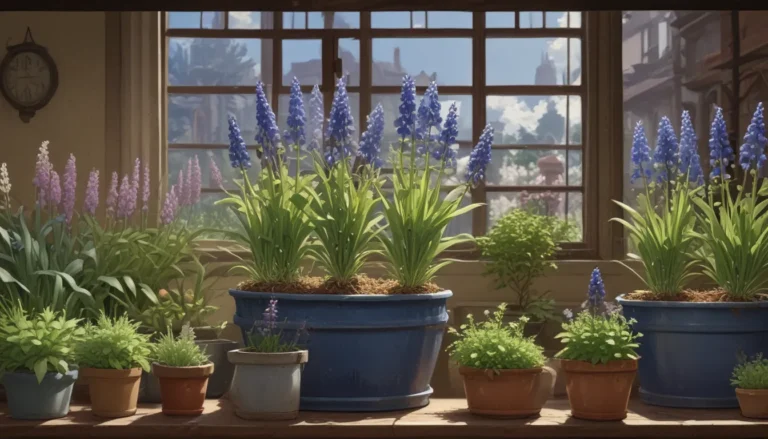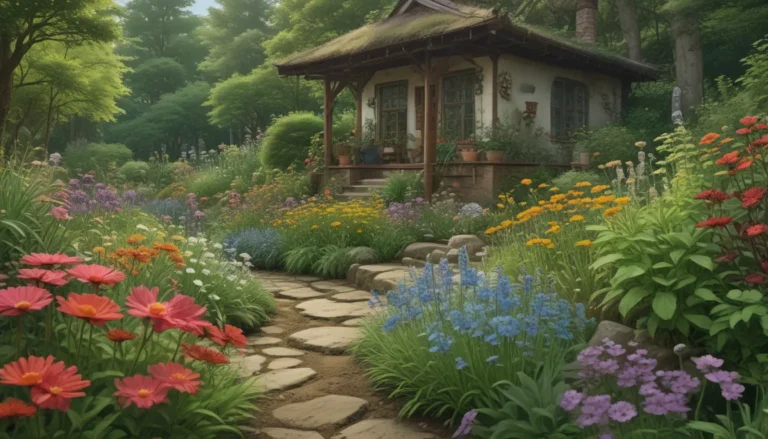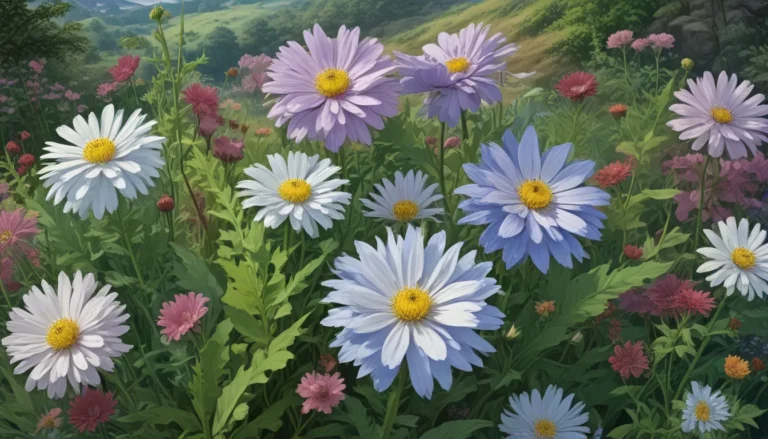The Beauty of Bird of Paradise Flowers: A Guide to Deadheading

Birds of paradise plants are truly a sight to behold. With blooms shaped like vibrantly-colored birds in flight, these unique flowers can transform any patio or landscape into a tropical paradise. However, as with all flowers, there comes a time when these blooms start to fade and wither, turning from a point of beauty to a bit of an eyesore.
But fear not! Deadheading, or the process of removing spent blooms, can help save your birds of paradise from looking unkempt while also encouraging new growth and blooms. In this comprehensive guide, we will walk you through the deadheading process for bird of paradise plants, ensuring that your flowers stay fresh and vibrant.
What You’ll Learn
Why Deadhead Birds of Paradise?
- Improve Aesthetics: Dead blooms can detract from the overall beauty of the plant.
- Reduce Disease Pressure: Spent blooms can serve as entry points for pests and pathogens.
- Stimulate Reblooming and Growth: Removing spent blooms encourages the plant to produce new flowers and improve overall growth.
What You’ll Need
- Hand Pruners: Ideal for skinnier-stemmed species like S. reginae and S. juncea.
- Pruning Saw: Useful for larger species like S. nicolai, S. alba, and S. caudata.
- Pole Saw: For reaching taller species without the need for ladders.
- Isopropyl Alcohol: To sterilize tools after deadheading.
Why Deadhead Birds of Paradise?
You might be wondering, “Why bother with more yardwork?” But deadheading offers several benefits that make it worthwhile.
Improve Aesthetics
A dead bloom is not the prettiest sight. By removing spent blooms, you can keep your bird of paradise looking fresh and vibrant.
Reduce Disease Pressure
Spent blooms can attract pests and pathogens, increasing the plant’s risk of infection. Deadheading helps eliminate these vulnerable spots and keeps the plant healthy.
Stimulate Reblooming and Growth
Removing spent blooms encourages the plant to produce new flowers and redirects energy towards growth and new blooms. It’s a great way to keep your bird of paradise thriving.
What You’ll Need
Before you start deadheading your bird of paradise, gather the necessary tools:
- Hand Pruners
- Pruning Saw
- Pole Saw
- Isopropyl Alcohol
When to Deadhead Bird of Paradise
Check your plants regularly and deadhead blooms as soon as they start to decline. Look for browning or crispy petals as indicators that it’s time to remove spent blooms.
How to Deadhead
Deadheading techniques vary based on the species:
- For S. reginae and S. juncea, use hand pruners to cut the stems at the base.
- For S. nicolai, S. alba, and S. caudata, use a pruning saw to remove the blooms at their neck.
- Dispose of the deadheaded blooms once you’re done.
Deadheading is like a superpower for gardeners, allowing you to influence a plant’s growth and beauty. Congratulations on mastering this essential skill for bird of paradise care!
If you have any questions or stories to share, feel free to leave them in the comments below. Happy gardening!





